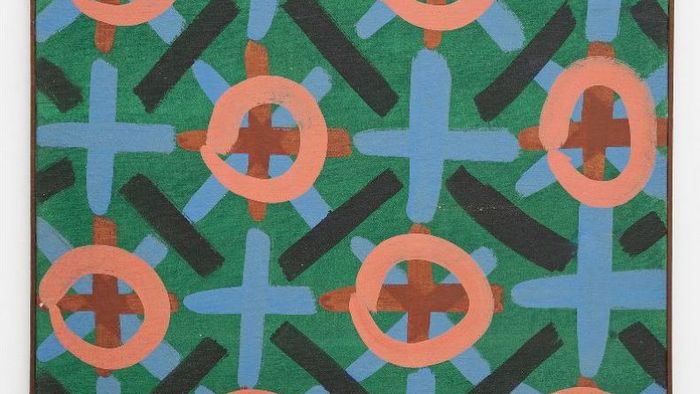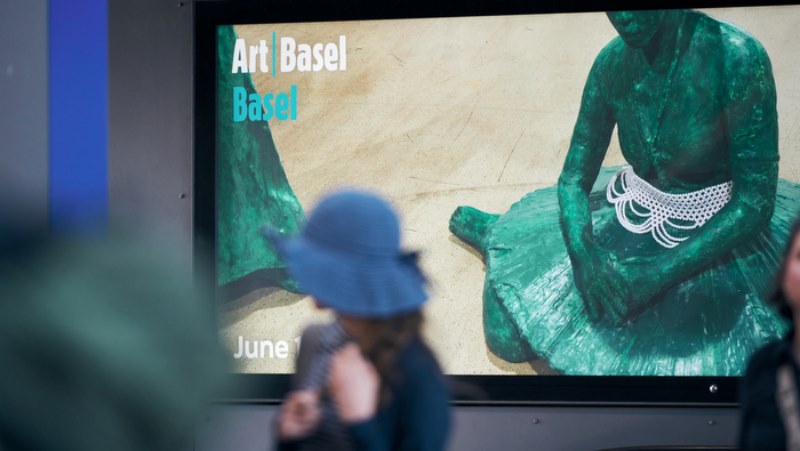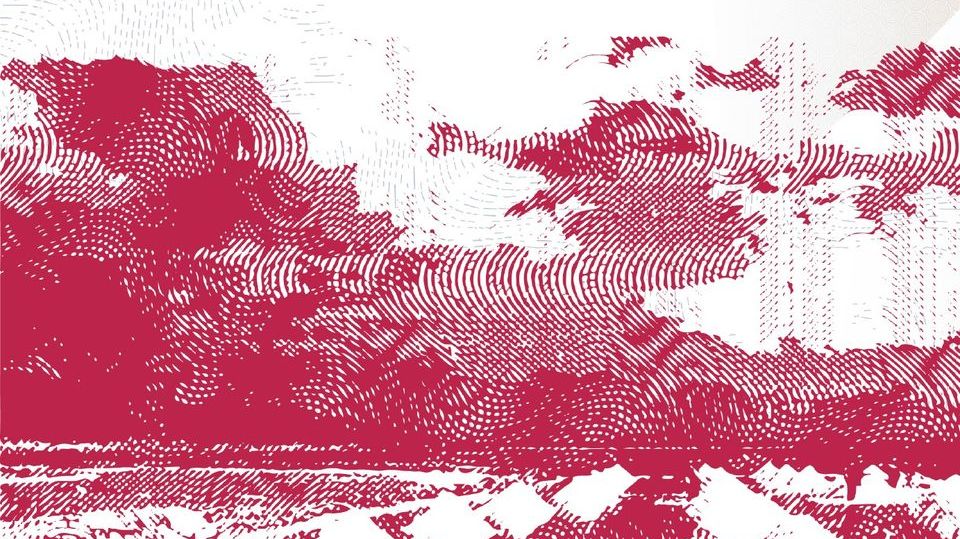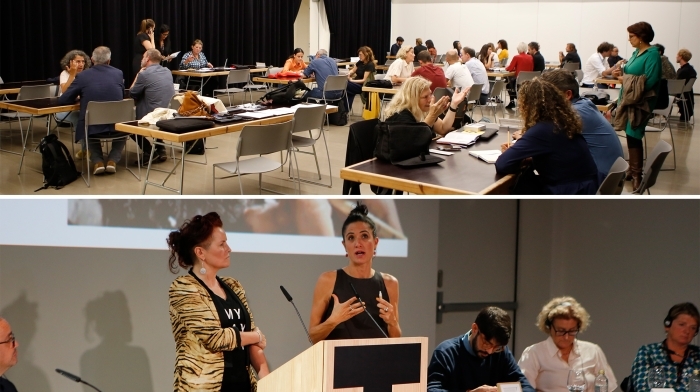Several exhibition centers inside and outside Havana exhibit toys, but the Museum of Archeology of the Historical Center of this city, preserves and presents to the public those that became discoveries from the excavations that since the sixties of the last century are carried out in that area, of high patrimonial value.
The oldest pieces date from the XVI century and correspond to three whistles that recreate human heads with African qualities, a feature that particularizes them within the collection.
They could belong to the playful universe of children or be used by blacks in religious festivals such as Corpus Christis, in which "black horros or free participated since 1573 in the procession," said the researcher Virtues Feliú in her book Fiestas y tradiciones cubanas (Parties and Cuban traditions)
Within a collection of whistles of different designs appear those of water, also known as canaries, goldfinches or birds because filling the container with the liquid produces a sound similar to that of birds. Often associated with hunting, whistles are present in the Iberian Peninsula since Islamic times.
Antonio Quevedo, director of the Museum of Archeology and who together with the museologist Ivalú Rodríguez published a study on toys and small-scale ceramic fabrications in Havana archaeological sites, details: "During the excavations in the houses they are usually found next to utensils of domestic use, similar miniature models. It can be dishes, pitchers or other vessels. Likewise, lead solders, balls or marbles and fragments of dolls have been found. They also exhibit in the museum representations in ceramics of several mammals whose social function could have been the toy or be pieces of the so-called births that are set displayed at Christmas since ancient times”.
The specialist recalls that the great firms of ceramics such as Limoges and Sèvres, in France, and Meissen, in Germany, produced miniatures, especially related to dollhouses, which recreated with meticulousness the domestic life of the privileged classes.
And with regard to the toy directly associated with motherhood, Quevedo highlights the so-called dolls of China, whose head, shoulders and limbs were made of ceramic and often sold without the body, so that the girls would usually make it out of cloth and also they dressed them. This peculiarity refers us, he remarks, to a society that highly valued manual skills in women and stimulated them from an early age.
The museum also exhibits frozen Charlottes, pieces of hard porcelain that with serial productions, through molds, became cheaper to the point of being called also penny dolls. Its name, explains the researcher, comes from a legend that has become an American song about a girl who, during a sleigh ride, dismisses her mother's advice about covering and dies of hypothermia. These toys had their masculine version with the frozen Charles, of which a copy was found in the Casa de la Obra Pia, and refer to an education based on fear.
Another frozen Charlie is preserved by archeologists from Camagüey, more than 500 kilometers from Havana, in addition to the head of a Charlotte (both pieces from the Casa del Regidor), and the Provincial Museum of History of Ciego de Ávila, in the central area of Cuba, shelters a Charlotte of extremely small dimensions.
Were added to the collection of the Archeology Museum of the Historic Center of Havana, fragments of biscuit dolls, typology of which two valuable German pieces, one of Armand Marseille, of Thuringia, and the other of Gebruder Krauss, of Bavaria, dated to late XIX or early XX century, are treasured in the Museum of Colonial Art, in front of the Havana Cathedral.
The specialist, who added that in the Castle Museum of La Real Fuerza, naval profile, zoomorphic whistles and miniatures, associated with the shipwreck in 1815 of the English merchant schooner Arrow, suggested on purpose of the toy in the wealthy classes of colonial Cuba the writings of Julián del Casal on the Casa del Hierro (Iron House), on Obispo Street, where splendid entertainment was marketed. Likewise, he recommended the reading of José Martí's description of the girl's room in the story "La muñeca negra" (The black doll), from La Edad de Oro (the Golden Age).
Related Publications

Waldemar Cordeiro: La Biennale di Venezia
April 16, 2024
Art Basel Unveils Further Highlights for its 2024 Edition
April 12, 2024











